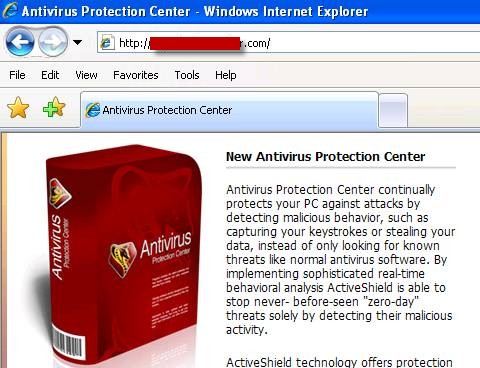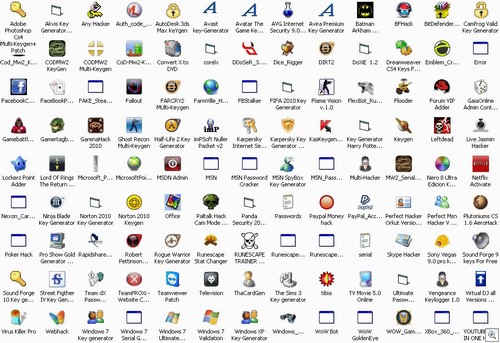The U.S. Federal Trade Commission (FTC) today announced actions against nearly 70 work-at-home and job-placement scammers by federal and state agencies. The commission is calling the combined investigations “Operation Bottom Dollar.”
The FTC filed seven cases against scammers and said there were actions in four older scam cases. The Department of Justice brought 43 criminal actions. A number of them involved help from the U.S. Postal Inspection Service. The Postal Inspection Service brought one civil action and state attorneys general brought 18.
The actions were announced at an FTC press conference today that included officials from the FTC’s Bureau of Consumer Protection, a federal assistant attorney general for the civil division of the department of justice and Ohio’s attorney general.
In one of the cases, scanners victimized more than 100,000 people. FTC obtained a court order temporarily barring operators from continuing their deceptive, tactics and froze their assets pending a court order that would allow the agency to try to return money to victims. Authorities executed search warrants and arrested the two operators of one business.
At the press conference the FTC announced actions against:
Government Careers Inc. (action in U.S. District Court for the District of Arizona) which ran ads on Web sites and charged victims $119 for study materials to help them obtain federal government jobs which never materalized.
Real Wealth, Inc. (U.S. District Court for the Western District of Missouri) conned more than 100,000 people by selling booklets that told how they could earn money by applying for government grants and working from home mailing postcards and envelopes.
Darling Angel Pin Creations (U.S. District Court for the Middle District of Florida, Tampa Division) claimed on the Internet and in newspaper advertisements that by purchasing a starter kit for $22-$45 they could earn up to $500 per week assembling angel pins. Those buying into the scam were required to have one of their assembled angel pins approved by the company before they could make any money. The company, however, rejected nearly all the angel pins consumers submitted.
Abili-Staff, Ltd., (U.S. District Court for the Western District of Texas, San Antonio Division) sold work-at-home opportunities online and pre-screened lists of jobs, telling consumers they could access the lists after paying a fee ranging from $29.98 to $89.99.
Entertainment Work, Inc. (U.S. District Court for the Southern District of Florida) sold memberships in a Web site that was supposed to list jobs as movie extras, jobs on television, or jobs in print media. Trial memberships cost $19.95 to $24.95, and automatically converted into annual memberships for an additional fee of $80. The company failed to disclose that to cancel their membership, people would have to pay an additional fee or undertake a burdensome process.
Independent Marketing Exchange, Inc. (U.S. District Court in the District of New Jersey) sold a variety of work-at-home scams including envelope, postcard and mystery shopper.
Preferred Platinum Services Network (U.S. District Court for the District of New Jersey) sold a work-from-home scheme in which victims were charged an enrollment fee of $80-$90 so they could earn money by labeling postcards describing a “mortgage accelerator” which did not exist. Criminal authorities served search warrants on the business and arrested the husband-and-wife team running it, charging them with mail fraud.
Since last summer, the FTC also has settled or litigated four law enforcement actions stemming from employment and work-at-home scams:
Job Safety USA. Principal Wagner Ramos Borges (U.S. District Court for the District of Maryland Greenbelt Division) offered phony jobs to people seeking maintenance and cleaning work.
Career Hotline, Inc. (U.S. District Court for the Middle District of Florida) took money from job seekers after guaranteeing them jobs that paid at least $25,000 per year.
Penbrook Productions (U.S. District Court for the Central District of California) enticed consumers to become “certified” rebate processors making $225 per hour.
International Marketing and principal Zolio Cruz Carrion (U.S. District Court for the District of Puerto Rico) was cited for contempt for failing to comply with a 2008 order in a scam in which he promised Spanish-speaking consumers substantial income for stuffing envelopes. “The court granted the FTC’s motion to hold Cruz in contempt for failing to comply with an earlier order and briefly jailed him for contempt. It also prohibited him from marketing any business, employment, investment or work-at-home opportunity,” the FTC said.
The commission also announced partnerships with Monster.com, Microsoft’s Bing and Craigslist. Those groups will provide information to help job seekers recognize job scams.
The FTC has produced a consumer education video in English and Spanish are available at
http://www.ftc.gov/jobscams and http://www.youtube.com/ftcvideos.
FTC account here: “FTC Cracks Down on Con Artists Who Target Jobless Americans”
It’s pretty obvious that if somebody wants money from you before he will hire you, there is a really good chance it’s a scam (or not much of a job.)
Tom Kelchner

















